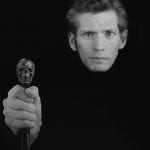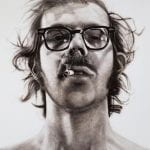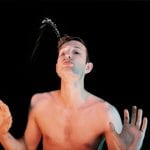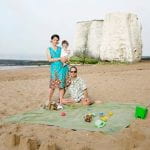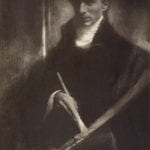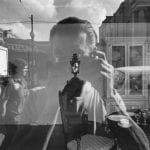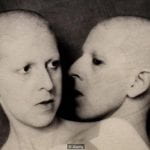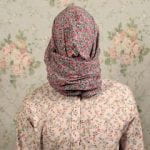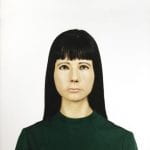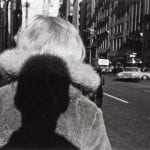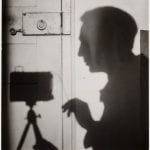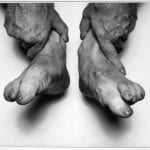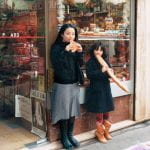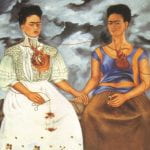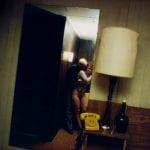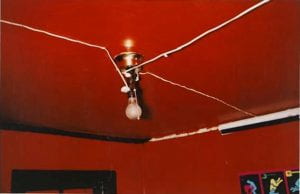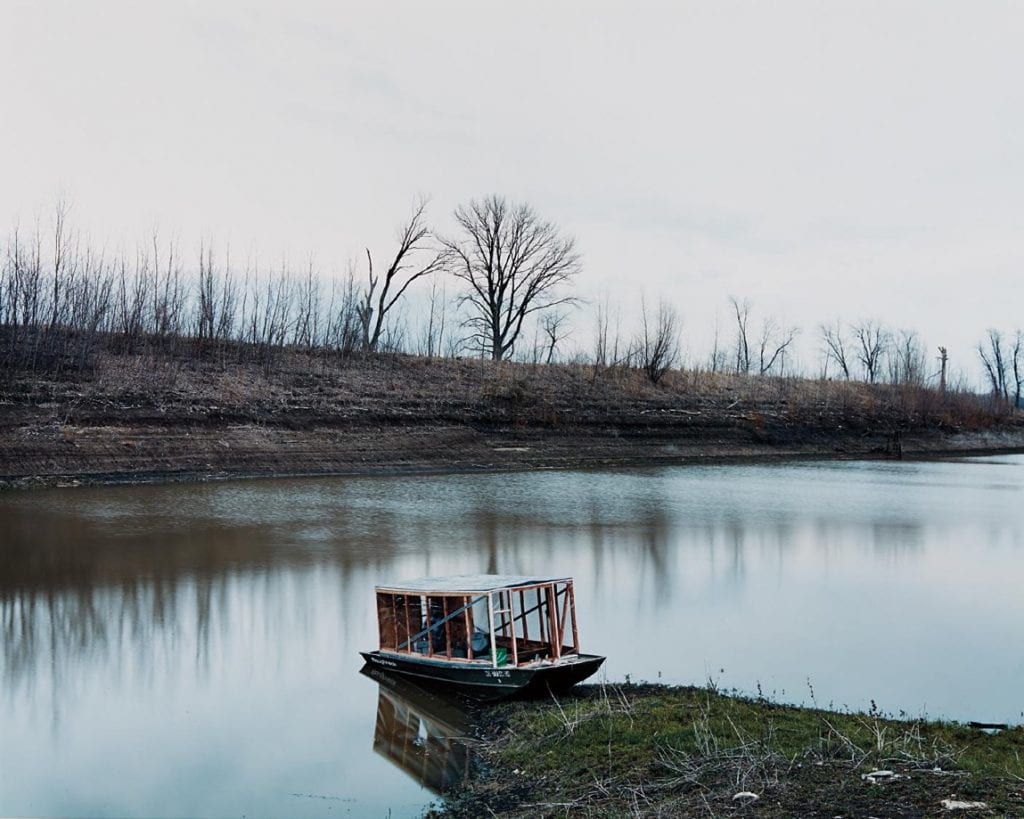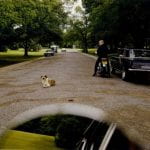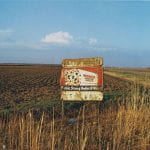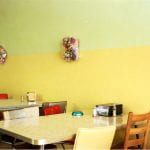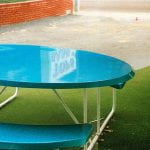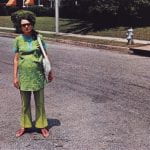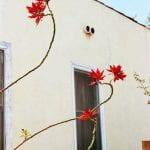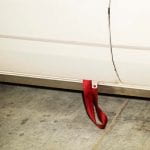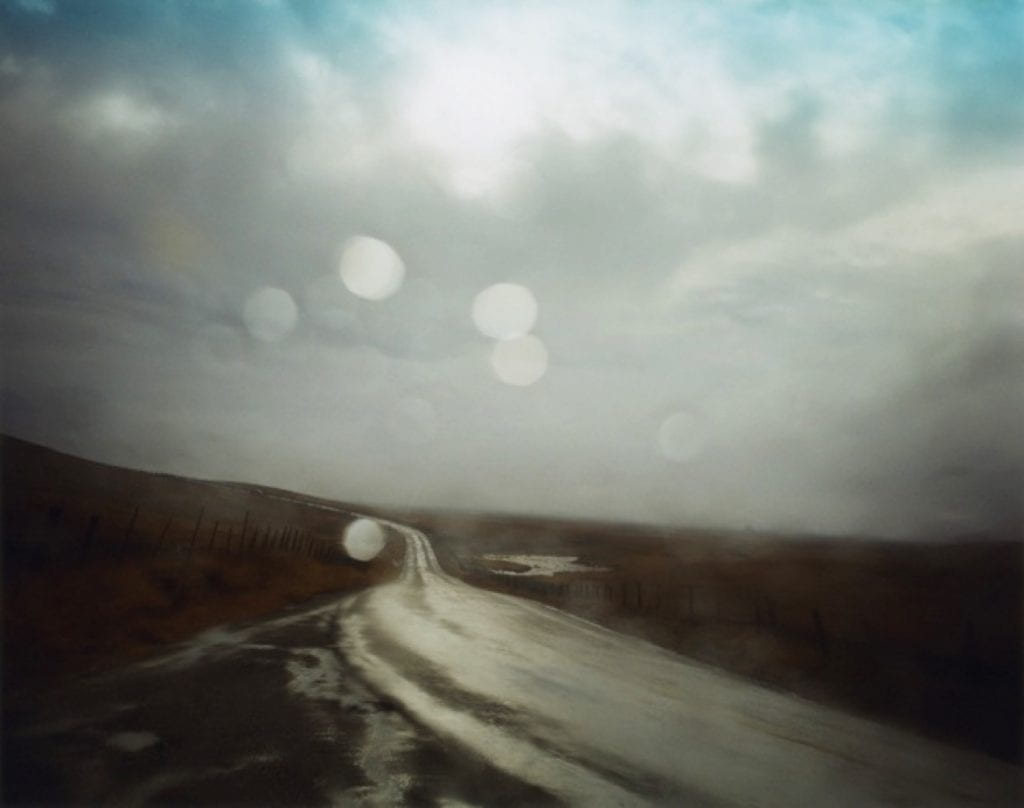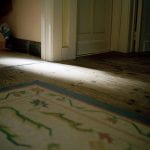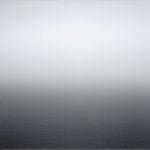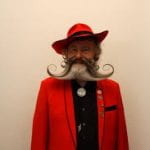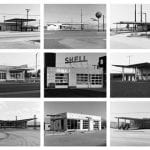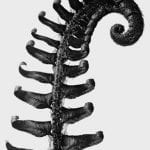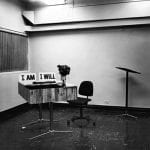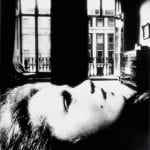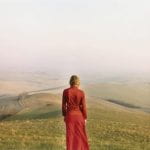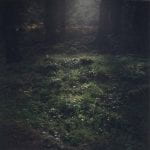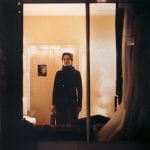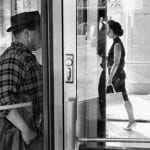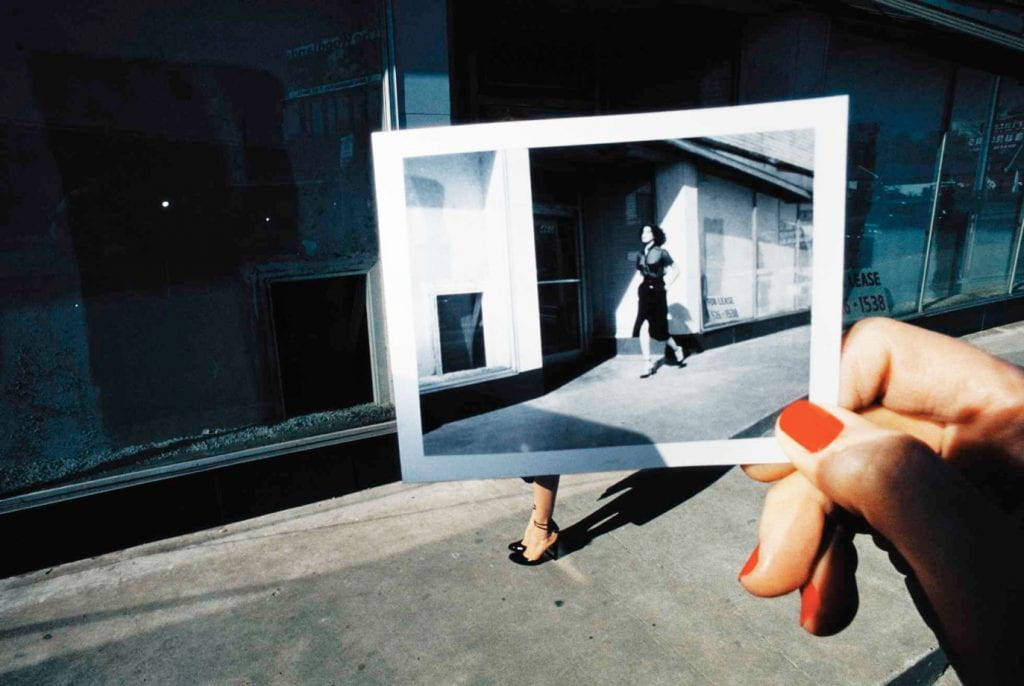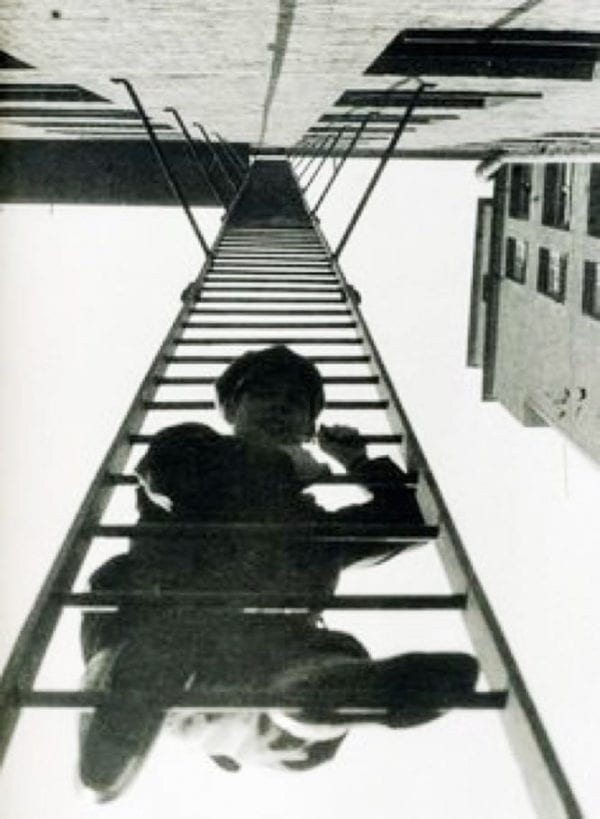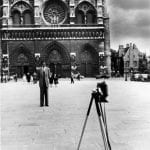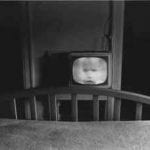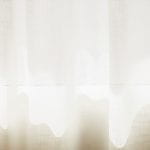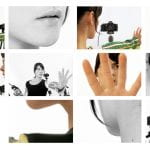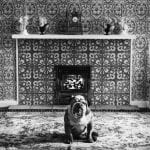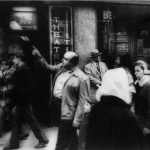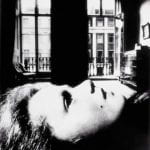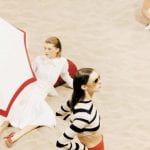Looking at the ‘Selfie’
‘Once I feel myself observed by the lens, everything changes; I constitute myself in the process of ‘posing’, I instantaneously make another body for myself, I transform myself in advance into an image’ (Barthes, 1980, p.10)
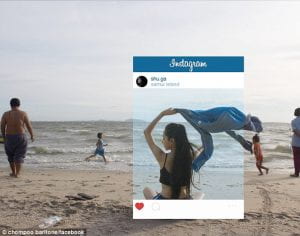
This is an adaptable session which encourages participants to consider the ways in which we represent and project ourselves as well as constructed nature of the performed portrait. It encourages participants to also make relationships with a history of painting, and the nature of social media in our ‘image world’ today.
This Session could be run in conjunction with:
Adapted from: PhotoPedagogy / ‘The Selfie’ which can be accessed here
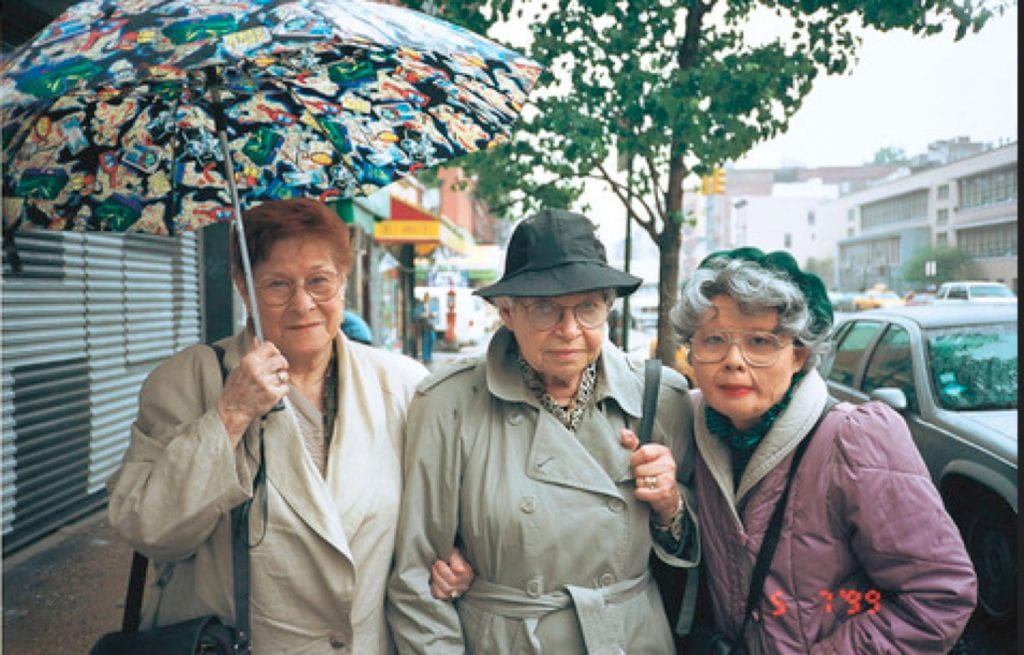
Aims & Outcomes:
- For participants to explore the nature of a ‘performed’ self. Is is all a mask?
- For participants to consider the different ways in which the self might be represented. Do we have multiple selves?
- For participants to consider the ‘intent’ of thier work. What aspect of the self are they trying to portray?
- Participant Outcome: 3 (edited) 6×4 digital prints
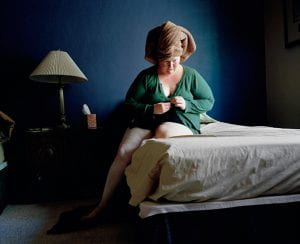
‘In my photographs I aim to raise questions regarding beauty, desire, body image, and identity through a focused observation of my personal story. I have built a relationship between the camera and myself where I transform the act of taking a photograph into a performance for the camera. My work is partially based on personal experiences that I have re- constructed into a photograph, and the other part consists of made up fantasies of what I imagine a physical relationship to be regarding intimacy, love and desire’ (Davis in Smithson, 2014)
- Digital cameras for all participants (and appropriate memory cards) *This session can also be run using Pinhole cameras, Camera phones or Lumix cameras
- Card readers
- Access to computers (or laptops)
- An introductory brief & Presentation (below) for participants to outline the ideas and provide examples
- A printed ‘Selfie‘ list
- A booked room to critique participants work (either via a projector or via print)
- Blue tack to pin the work
- Costings and Risk Assessments
Presentation ideas: Different selves
Create ‘Selves’ Which Are: Neutral / Performed / Disguised / Distorted / Reflected / Multiple / Hidden / Shadow / Partial / Constructed / Environmental
‘we have front-stage and backstage personalities, that we perform all the time, when we walk down the street, when we go into a shop. And when we are behind closed doors we go into a bit of a slump’ (Goffman, 1959)
Preparation Work:
-
- Ask participants to read Interview with Daniel Herrmann on Gillian Wearing (2012) from 200% Magazine available here
- Ask participants to independently research the From Selfie to Self Expression Exhibition at the Saatchi Gallery (2017) and watch the video available here
- Ask participants if they have thier own digital cameras and cards
- Make sure you have access to computers
- Make sure there are enough team members to support participants (never assume thier prior knowledge)
- Decide whether you will project the work or print it.
- If you are printing it (6×4) make sure the Photo Lab are aware and be aware of timekeeping so they have space to print the work.
- *If you are running this session off campus, make sure there is access to printers or projectors
